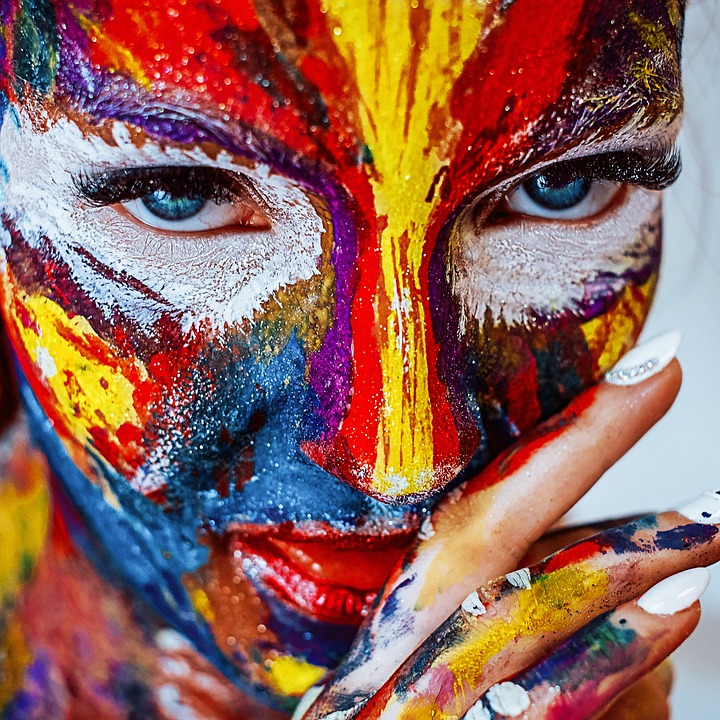Healing Through Art: The Therapeutic Benefits of Creative Expression
Art has long been recognized as a powerful tool for healing and self-expression. From ancient civilizations to modern times, people have turned to art to process their emotions, heal from trauma, and find a sense of peace and well-being. In recent years, the field of art therapy has gained prominence as a recognized form of psychotherapy that uses the creative process to improve mental, emotional, and physical well-being. In this article, we will explore the therapeutic benefits of creative expression through art.
The Power of Creativity
Creativity is a fundamental aspect of human nature. It allows us to express ourselves, connect with others, and make sense of the world around us. When we engage in creative activities such as painting, drawing, sculpting, or writing, we tap into our innermost thoughts, feelings, and desires. This process can be incredibly therapeutic, as it helps us to process difficult emotions, gain insight into our own behavior, and develop new ways of coping with life’s challenges.
Art therapy harnesses the power of creativity to promote healing and growth. By working with a trained therapist, individuals can explore their thoughts and feelings through the art-making process. This can be especially helpful for those who have difficulty expressing themselves verbally, such as children, trauma survivors, or individuals with mental health issues. Through art, clients can communicate their experiences, fears, and hopes in a safe and supportive environment.
Benefits of Art Therapy
Art therapy offers a wide range of benefits for individuals of all ages. Some of the key benefits of art therapy include:
1. Emotional expression: Art therapy provides a nonverbal way to express complex emotions that may be difficult to put into words. Through the creative process, individuals can explore and release pent-up feelings, leading to a sense of relief and catharsis.
2. Stress relief: Engaging in art-making can be a relaxing and meditative experience. By focusing on the creative process, individuals can temporarily escape from the pressures of daily life and find a sense of calm and peace.
3. Self-exploration: Creating art can help individuals gain insight into their own thoughts, beliefs, and behaviors. Through the exploration of colors, shapes, and symbols, clients can uncover hidden aspects of themselves and develop a deeper understanding of their own identity.
4. Communication skills: Art therapy can be especially helpful for individuals who have difficulty expressing themselves verbally. By creating visual images, clients can communicate their thoughts and feelings to the therapist and to others in a way that is clear and meaningful.
5. Self-esteem: Engaging in creative activities can boost self-confidence and self-esteem. As individuals see their ideas come to life on paper or canvas, they gain a sense of accomplishment and pride in their abilities.
How to Get Started with Art Therapy
If you are interested in exploring the therapeutic benefits of art, there are a few ways to get started with art therapy:
1. Find a qualified art therapist: Look for a therapist who is trained in art therapy and has experience working with individuals who have similar concerns or issues as you.
2. Explore different art techniques: Experiment with different art materials and techniques to find what feels most comfortable and expressive for you. Whether you prefer painting, drawing, sculpting, or collage, there are many ways to engage in the creative process.
3. Set aside time for art-making: Schedule regular time for art-making in your daily routine. This could be a few minutes of doodling in a sketchbook, or a longer session of creating a larger piece of art.
4. Reflect on your art: After creating art, take some time to reflect on what you have made. Consider what emotions, thoughts, or memories come up for you as you look at your artwork.
5. Share your art with others: If you feel comfortable, share your art with a trusted friend, family member, or therapist. Talking about your art can help you gain new insights and perspectives on your own experiences.
Conclusion
Art therapy is a powerful tool for healing and self-expression. Through the creative process, individuals can explore their thoughts and feelings, release pent-up emotions, and gain new insights into themselves. Whether you are struggling with mental health issues, recovering from trauma, or simply looking for a way to de-stress and relax, art therapy can offer a safe and supportive space for you to explore your inner world. Consider working with a qualified art therapist to discover the transformative power of creative expression in your own life.
